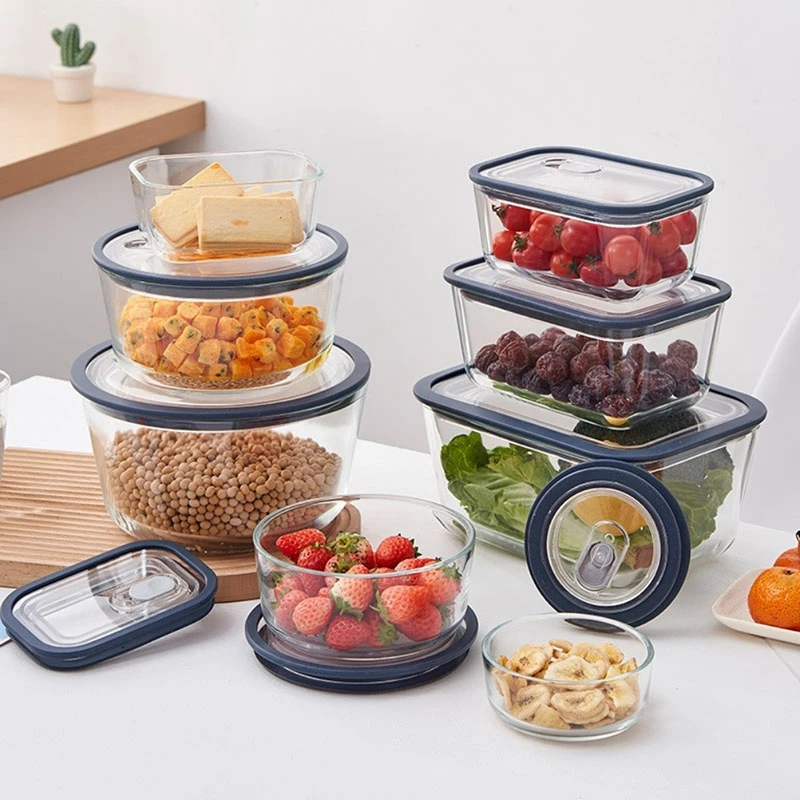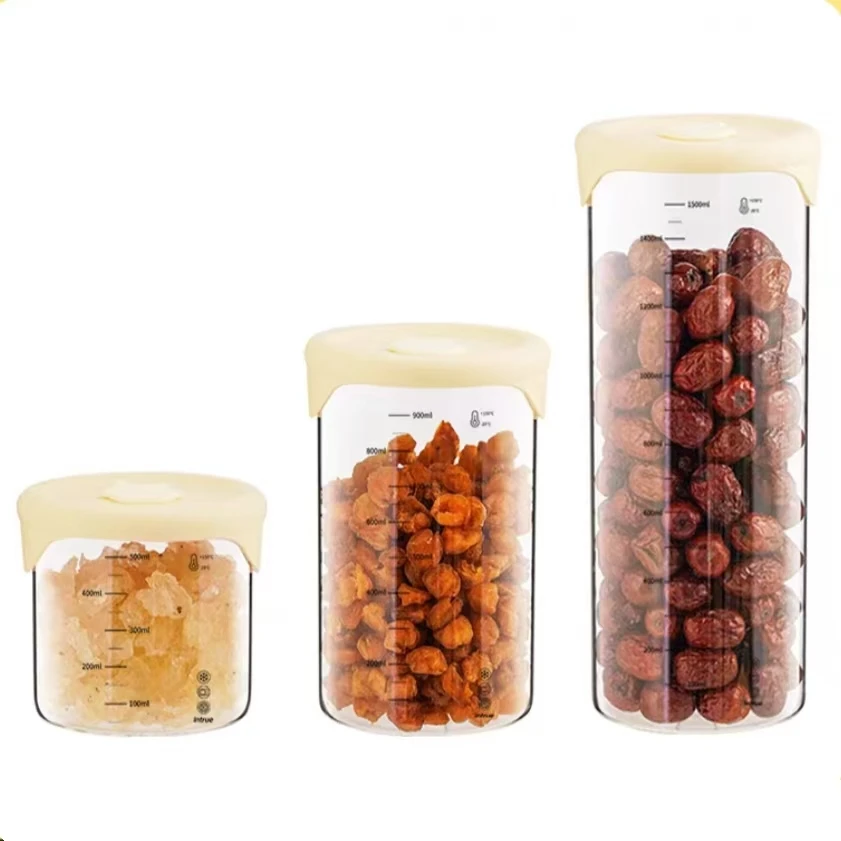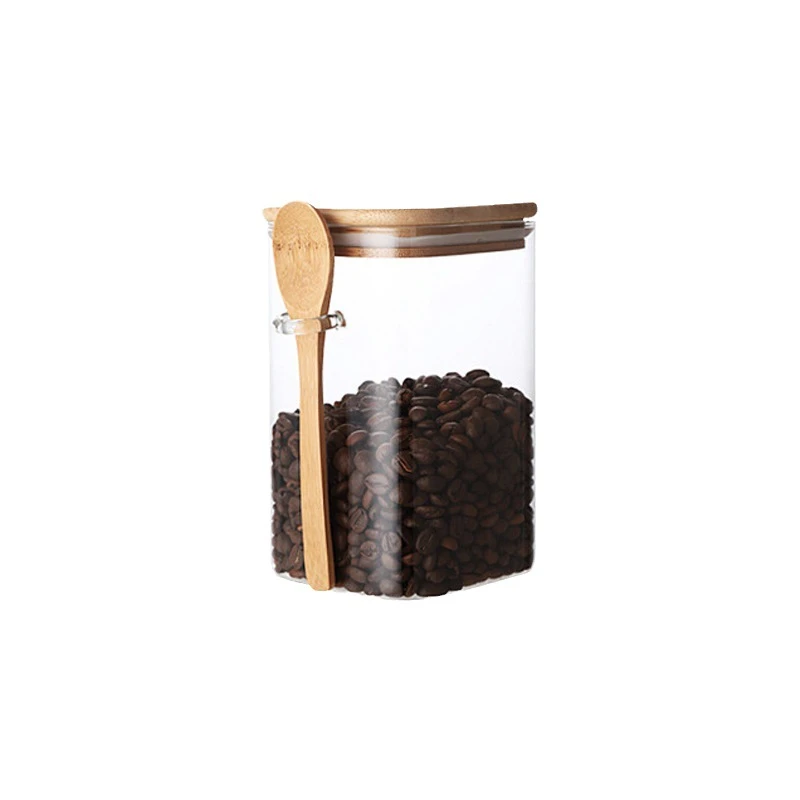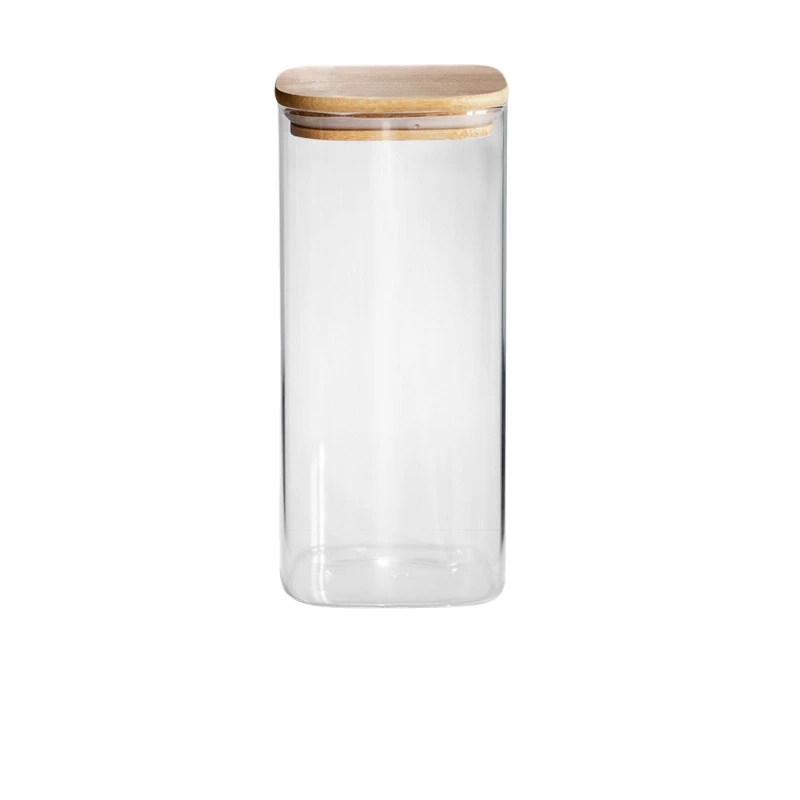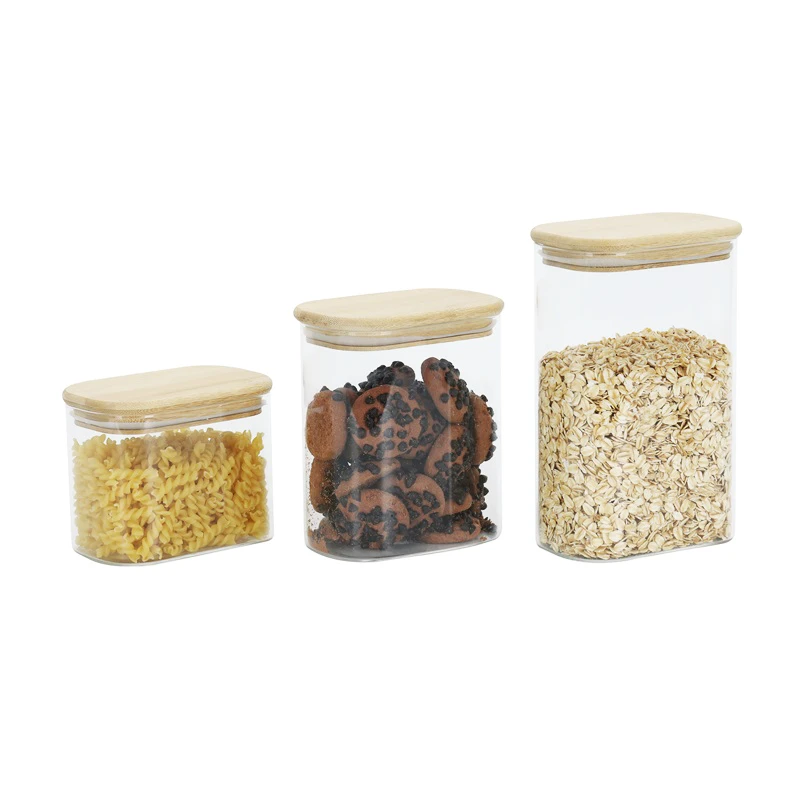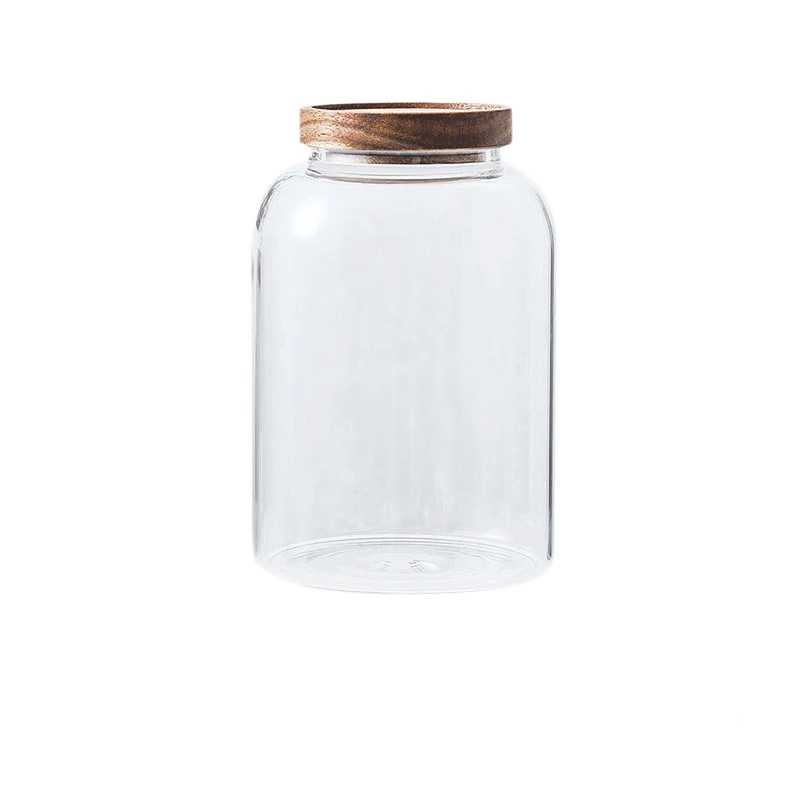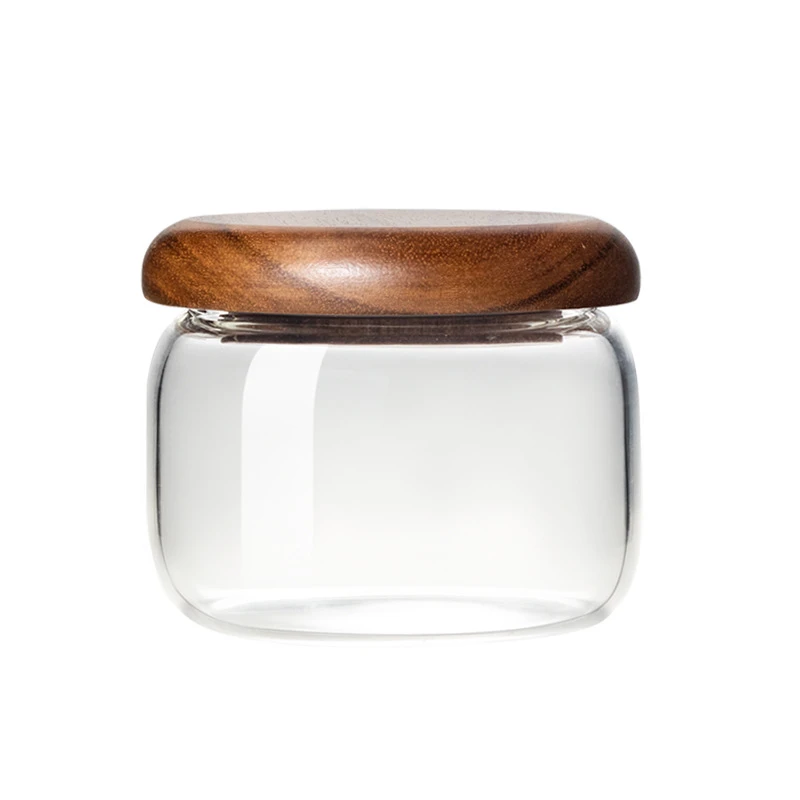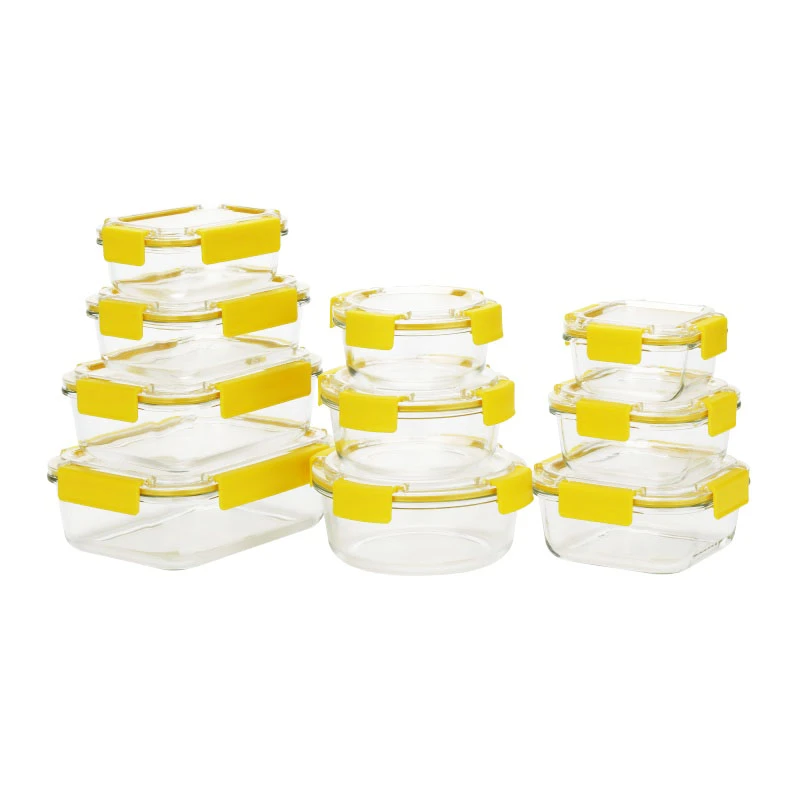 TEL: +86 311 67799298
TEL: +86 311 67799298 Email: tina@yintoglassware.com
Email: tina@yintoglassware.com
How to Use a Glass Baking Dish for Perfectly Baked Dishes
Baking with Glass Dishes Benefits and Tips for Perfect Results
Baking is an art form that combines precision, creativity, and a bit of love. One of the most versatile tools in any bakers' kitchen arsenal is the glass baking dish. Not only do these dishes allow you to easily monitor the cooking process, but they also provide a range of benefits that can enhance your baking experience. In this article, we will explore why glass baking dishes are a fantastic choice, as well as tips for achieving perfect results every time.
The Benefits of Glass Baking Dishes
1. Even Heat Distribution Glass is an excellent conductor of heat, which means it distributes heat evenly across the dish. This property ensures that your baked goods cook uniformly, reducing the risk of hot spots that can lead to overcooked or undercooked areas.
2. Transparency One of the most appealing features of glass baking dishes is their transparency. This allows you to monitor the progress of your dish without having to open the oven door, which can release heat and affect cooking times. You can easily check for doneness and ensure your recipes are turning out just right.
3. Non-reactive Surface Unlike metal pans, glass dishes are non-reactive, meaning they won’t interact with acidic ingredients like tomatoes or citrus. This ensures that the flavors of your dishes remain intact and your baked goods won't have any off-putting metallic taste.
4. Versatility Glass dishes can be used for a variety of baking tasks, including casseroles, lasagna, brownies, and even cakes. Their ability to go from oven to table makes them an excellent choice for serving. Plus, they often come with lids, making storage remarkably easy.
5. Ease of Cleaning Many glass baking dishes are dishwasher safe, making clean-up a breeze. Even when hand washing, glass surface tends to be easier to clean than some metal pans, which can become stained or scratched over time.
baking glass dish
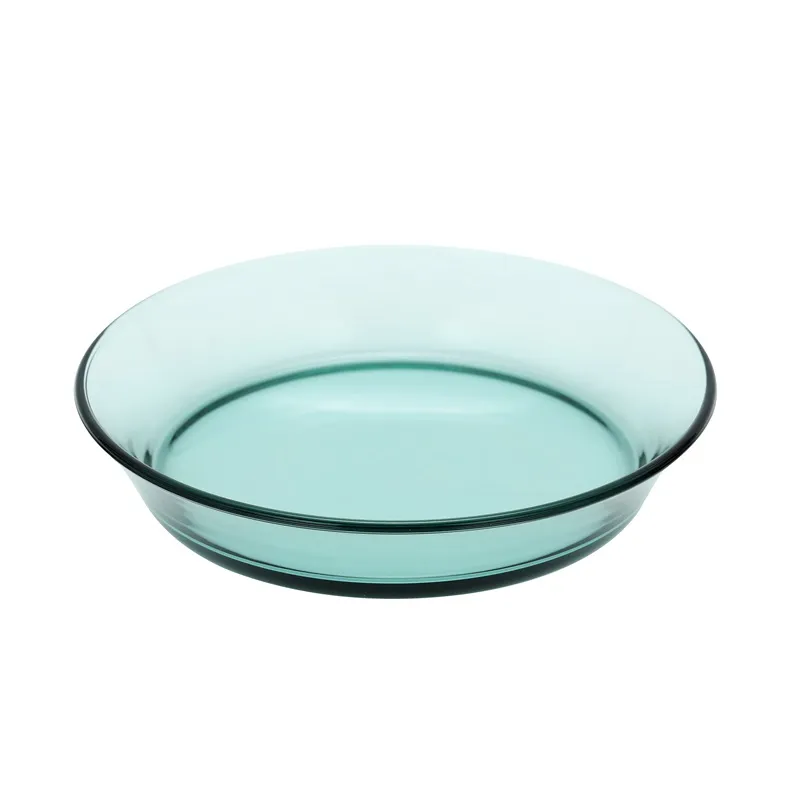
Tips for Baking with Glass Dishes
1. Adjust Baking Temperatures When using glass baking dishes, it is often recommended to lower the oven temperature by 25°F (about 15°C) compared to metal pans. Glass retains heat longer, which can cause the exterior of your dish to cook faster in a metal pan.
2. Greasing and Flouring Although glass dishes are generally non-stick, it’s always a good idea to grease and flour them lightly before pouring in your batter. This extra precaution will help prevent sticking, especially for cakes and brownies.
3. Avoid Sudden Temperature Changes Glass can be sensitive to temperature shocks. To prolong the life of your glass bakeware, avoid moving it directly from the refrigerator to a hot oven or vice versa. Allow the dish to come to room temperature first.
4. Use a Timer Because glass retains heat so effectively, it may be tempting to extend baking times. Make sure to use a timer and check for doneness at the recommended intervals. Keep in mind that some recipes may need adjustments when baked in glass.
5. Don’t Forget to Let It Cool Once you’ve finished baking, let your dish cool for a few minutes before serving. This not only helps prevent burns but allows your dish to set properly, resulting in better texture and flavor.
Conclusion
Baking with glass dishes is not only practical but can also improve your overall baking experience. From even heat distribution to the convenience of monitoring your food, glass bakeware has much to offer. By following these tips, you can make the most of your glass baking dishes and achieve deliciously perfect results every time. Whether you’re a seasoned baker or a beginner, incorporating glass bakeware into your kitchen will undoubtedly elevate your culinary creations. So, preheat that oven and let the baking adventures begin!
-
YINTO's colored glass bowls hold stories, not just foodNewsAug.24,2025
-
Exquisite Colored Glass Dinnerware Crafted from Volcanic SandNewsAug.24,2025
-
YINTO's colored glass dinnerware: edible art's canvasNewsAug.24,2025
-
A Blue Glass Dinner Plate with an Integrated NFC ChipNewsAug.24,2025
-
The Ultimate Defense Against Lukewarm RegretNewsAug.24,2025
-
YINTO's double coffee wall cup: A silent thermal revolutionNewsAug.24,2025


